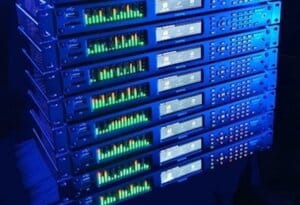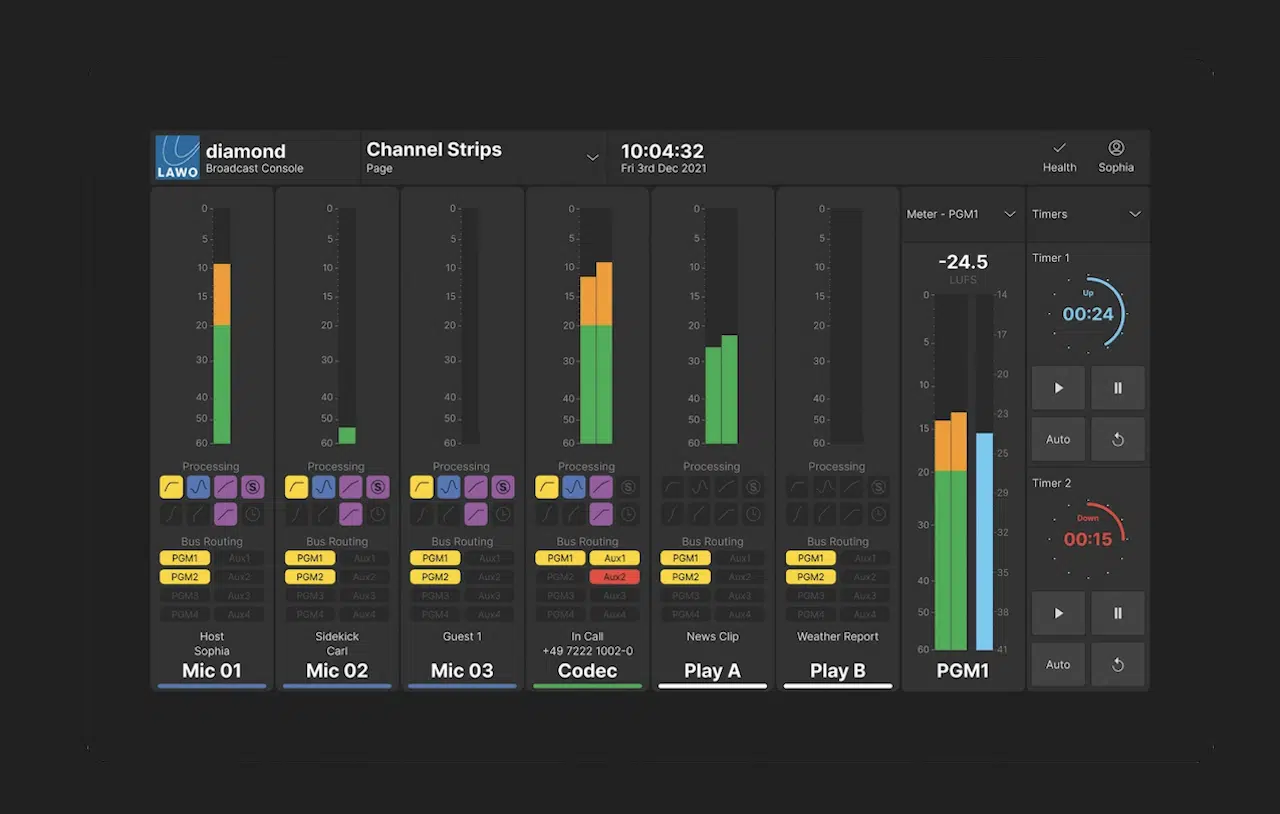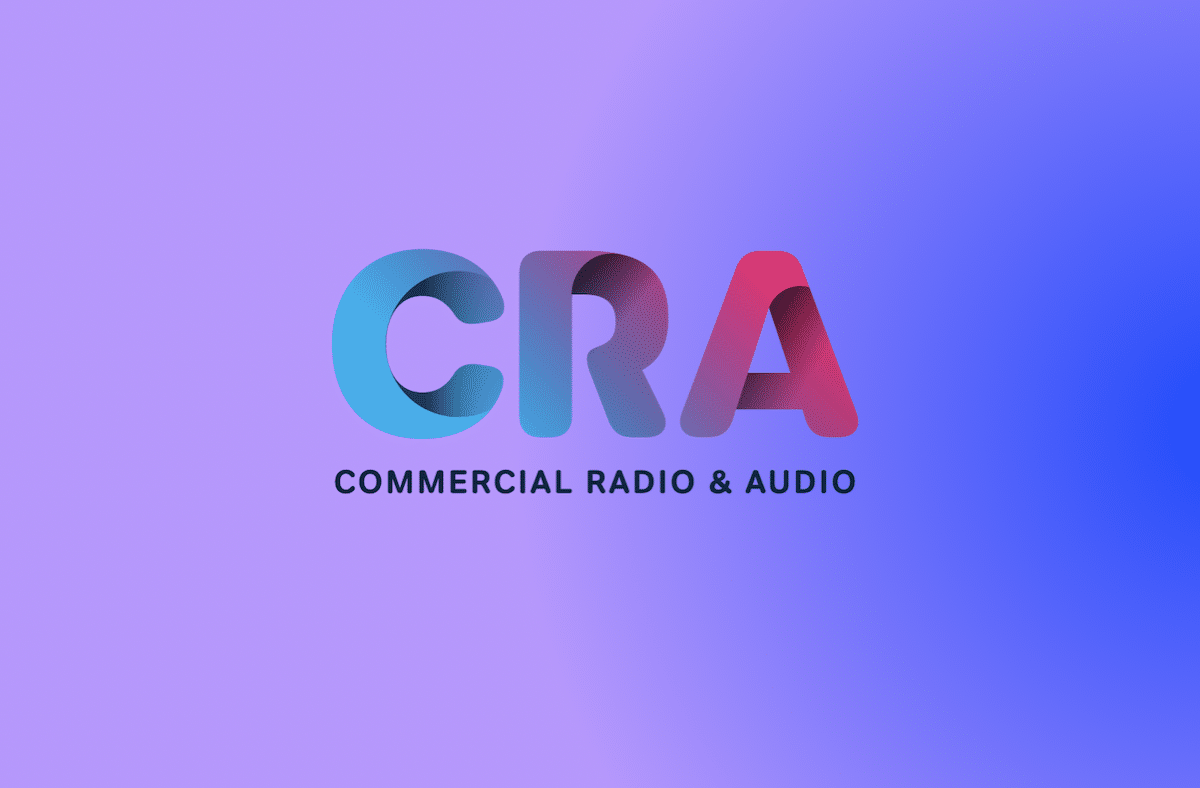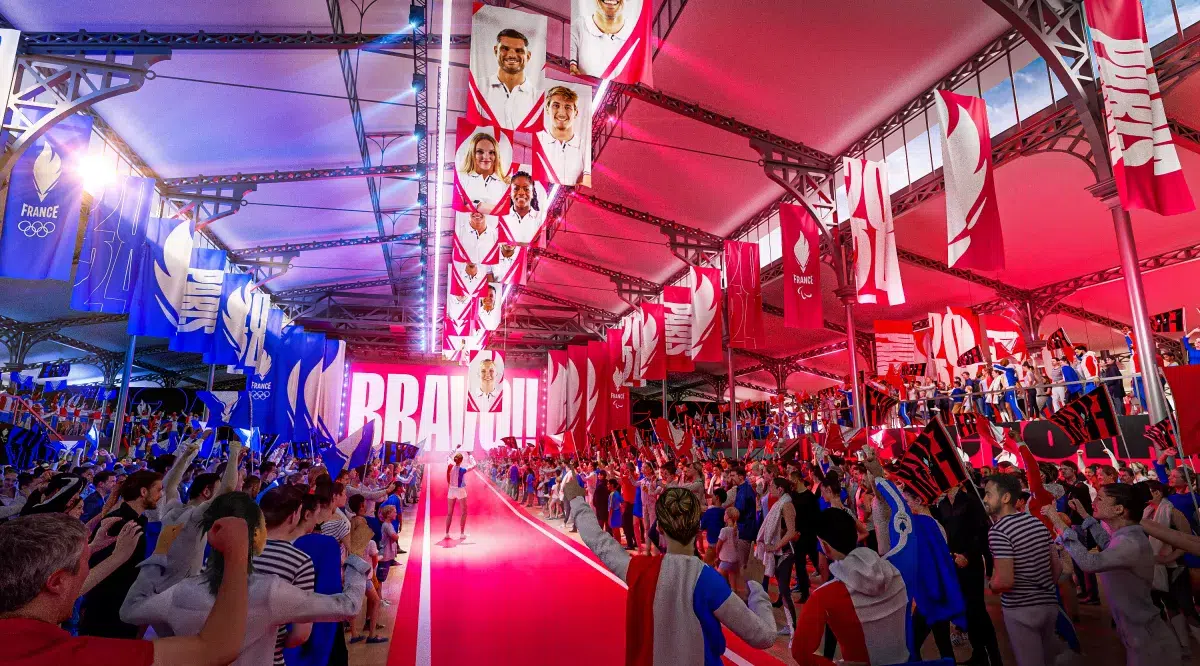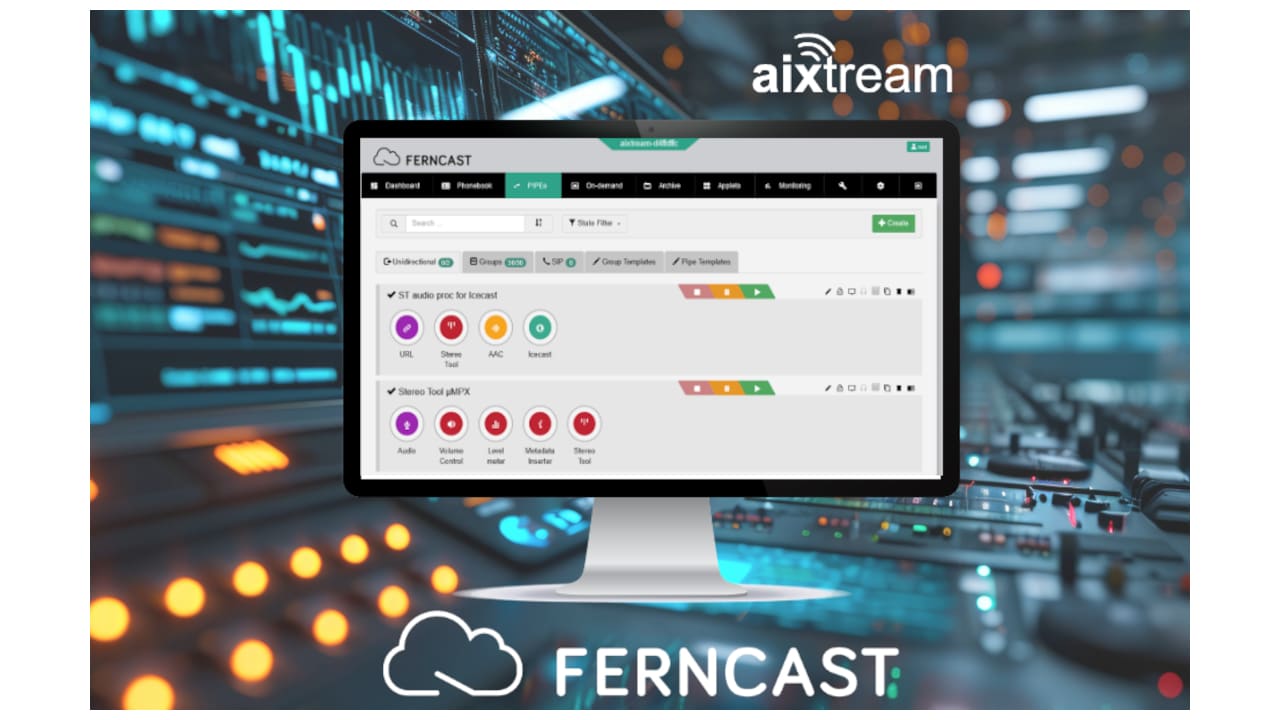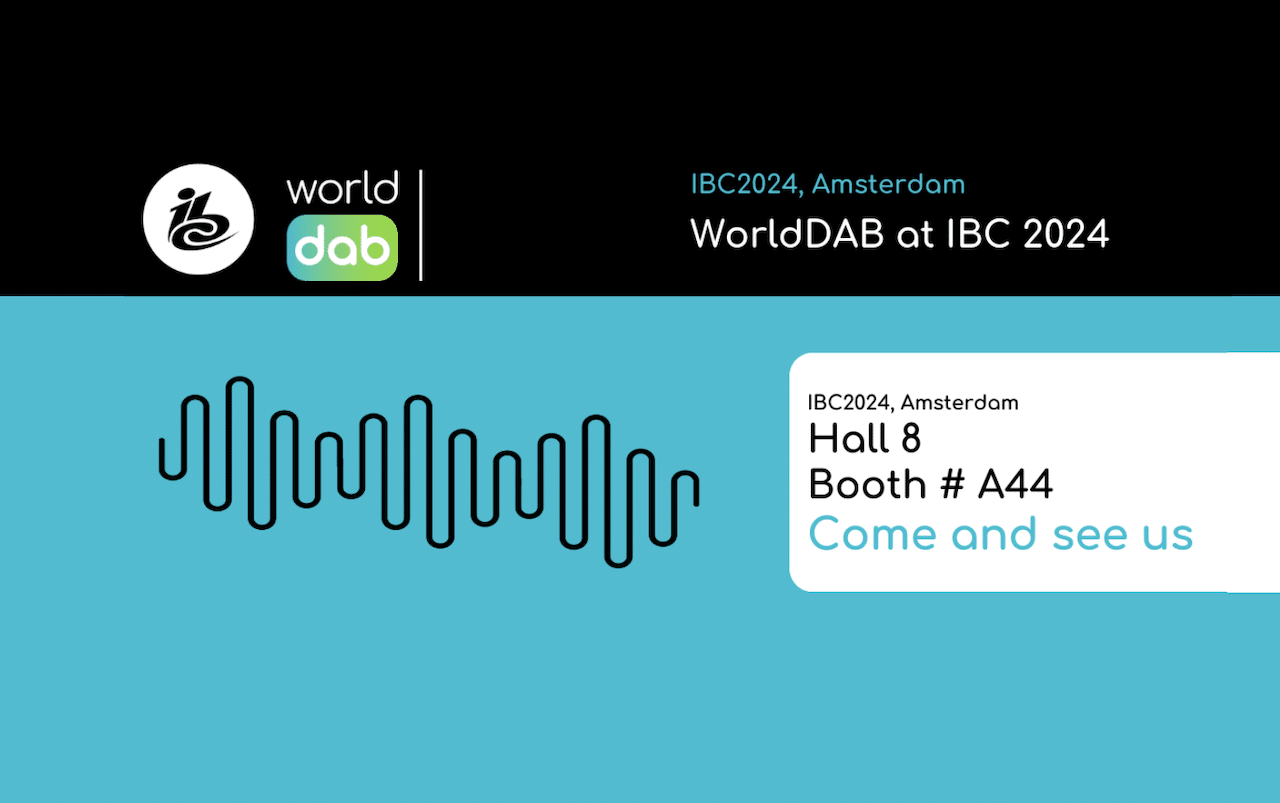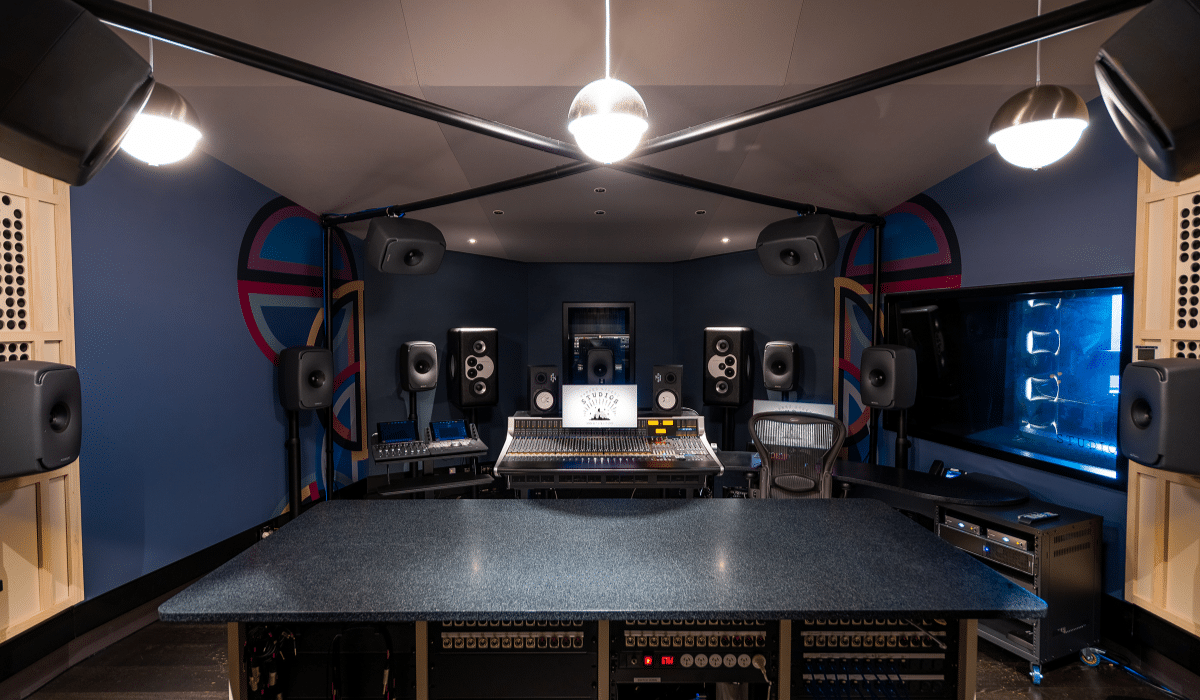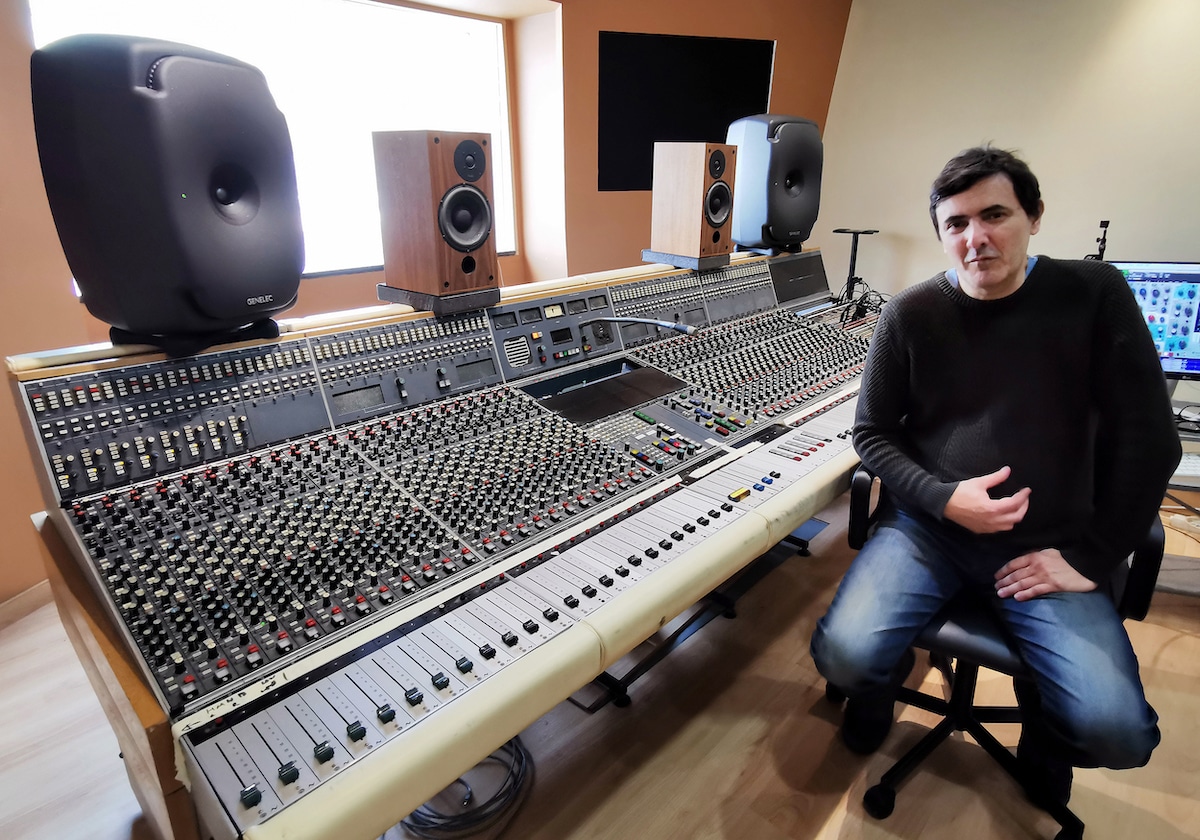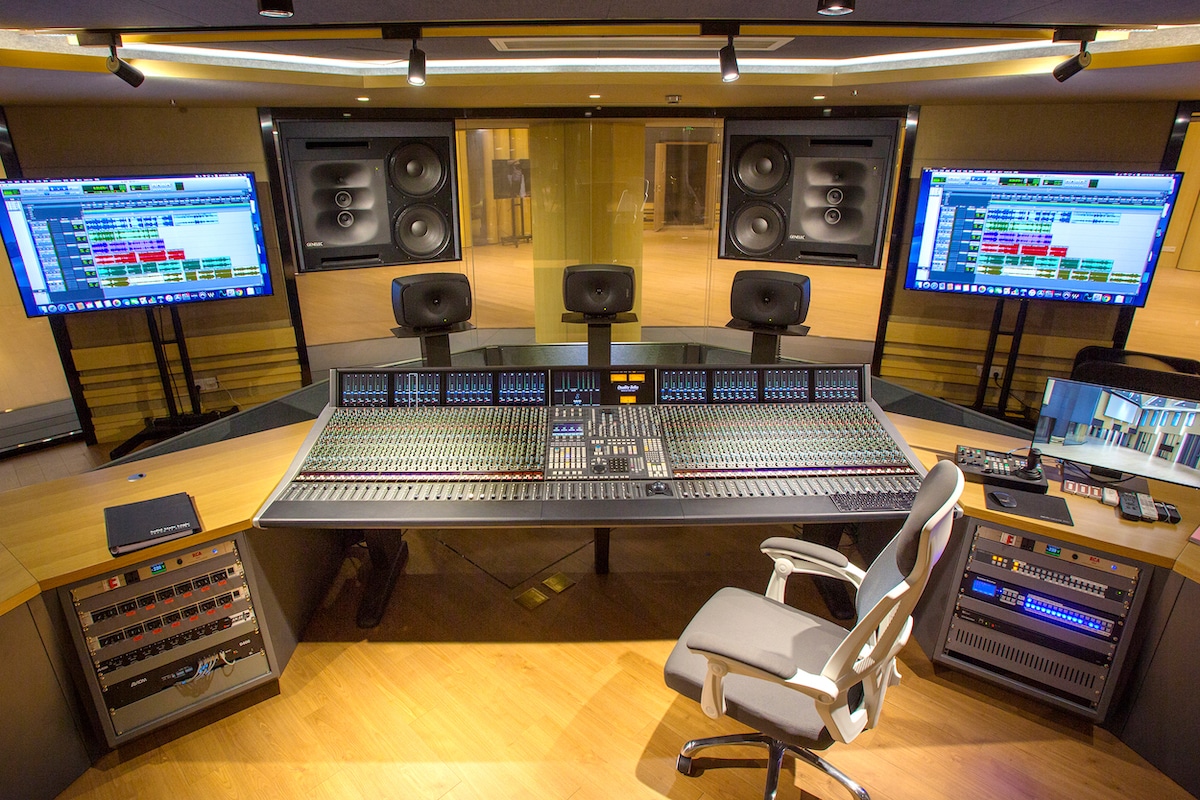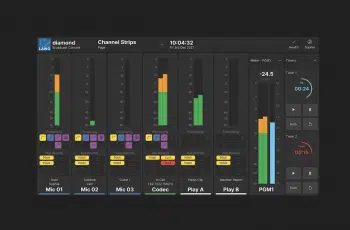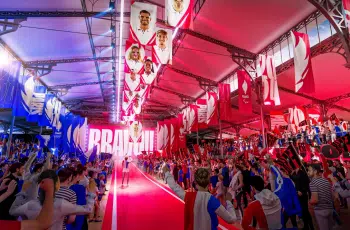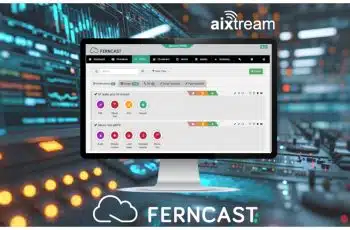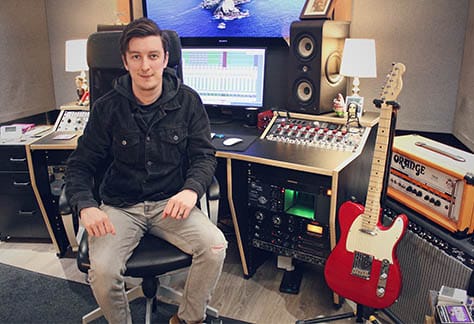

Producer and songwriter Gareth Nuttall runs The Lounge, a professional recording studio in Wigan, Greater Manchester. He recently replaced his console with a Neve 1073OPX octal microphone/line/instrument preamplifier. The new equipment supports a new, streamlined way of working for Nuttall.
“The changes I have made have given me a much easier workflow, and key to this is the 1073OPX, which is now my workhorse because everything goes through it and I almost treat it like I’m running a mini Neve console,” he explained. “I used to track and partially mix on a console, but when I started to do more producing and had to do some sessions in different environments, I found that style of working to be quite restrictive because it didn’t allow me to do what I wanted straight away…. Apart from bits of re-amping, I’m now mixing completely ‘in the box’ — I even swapped over to a MacBook so that I can do my mix prep and editing at home,” he said.
“When I’m in the studio I like to dive right into the creative aspects and not kill the mood by having to spend a couple of hours tuning vocals or editing drums,” said Nuttall. “I’m now currently running 8 channels of Neve front end with the 1073 OPX, an Audient asp800 for an extra chunk of inputs and a couple of extra pre-amps, all plumbed into an Antelope Orion, which I use for my conversion and monitor control. I also have a few outboard compressors and a couple of hardware EQs and FX racks so that I can mould the source on the way in, when needed. The only time anything goes through any pre other than the 1073OPX is when I run out of Neve channels.”
Neve markets the 1073OPX as delivering the same tonal quality, warmth, low-mid punch and subtle harmonic distortion as their 1073 mic preamp. It includes eight 1073 remote-controlled preamps with Marinair transformers inside a 2U rack unit. Remote-control software gives two-way control with recall of all settings. The analog and digital monitor signal path allows it to be used as a complete standalone I/O interface or as a latency-free live room remote preamp.
Nuttall appreciates that the unit has inputs on the front and the back.
“The ability to just plug right in, in the control room, for various scenarios without faffing around routing the unit to patch bays etc is so handy, especially for things like bass,” he says. “You just plug into the DI and off you go.”


